SUMMARY
This is AI generated summarization, which may have errors. For context, always refer to the full article.
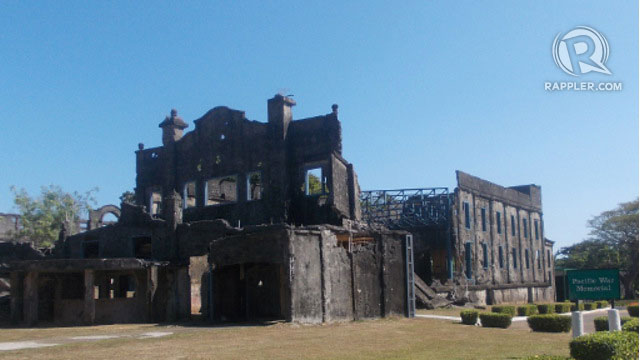
MANILA, Philippines – “There are many ironies on this island,” says Ivan Man Dy, founder and lead guide of Old Manila Walks, an educational tour company that gives cultural and historical-themed tours in and around Manila. “What you see may not be what you think it is.”
The 6th installment of their historical tour series places Corregidor island in focus and shows that it’s more than the giant guns and war stories it is known for.
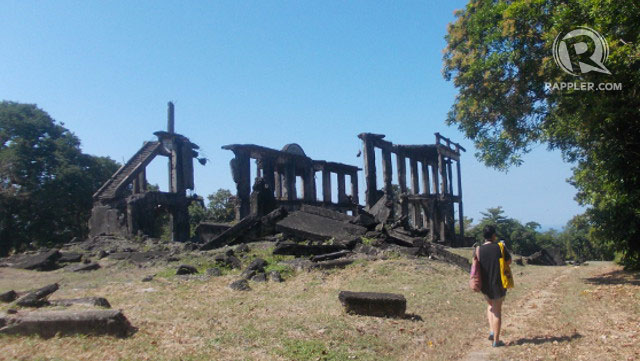
Here’s what Rappler learned on a recent visit to the island once dubbed “The Rock”:
1. Corregidor was a piece of America on Philippine soil
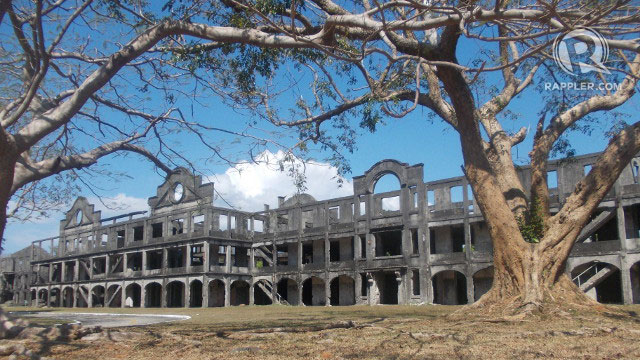
“We think of this island as a bastion of the war,” says Man Dy. “But you’ll discover while walking around the island that Corregidor was, at one point, a paradise island as well.”
After the Americans took control of Corregidor from Spain in the Battle of Manila Bay, the island was transformed into a US military reservation called Fort Mills, named after Brig Gen Samuel M Mills. Located 48 km from the capital, it was the gateway to those who wished to enter Manila and thus became an important place to the Americans.

In its prime, Corregidor had all the trappings an American soldier living away from home could want: a cinema playing Hollywood movies and newsreels, a PX store where they could get their American goods, a tennis court, a baseball field, a 9-hole golf course, several beaches, a public transportation system in the form of an electric tram, a concrete mile-long barracks, and, of course, Filipino helpers doing their bidding.
Sadly, after Bataan fell in April 1942, Corregidor was left on its own where nearly 5,000 bombs were dropped in a span of 27 days. Today, all that remain are famous ruins that quietly stand belying its glorious and gruesome past.
2. At one point, Corregidor held the country’s gold bars and silver coins
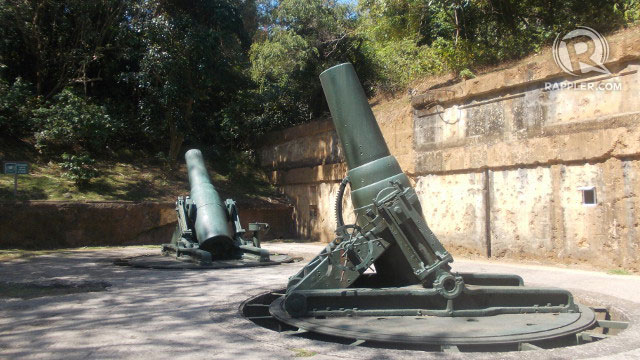
During World War II, “Corregidor was the last bastion of the allied forces in the Philippines,” says Man Dy. Before war was declared, the Philippine government shipped 20 to 30 tons of the reserve’s gold bars to the island for safekeeping.
Millions of Pesos worth of silver coins were brought there, too.

The gold was transferred to another location when the Japanese turned their sights on Corregidor, according to Man Dy. The gold bars were airlifted out; the silver coins dumped in the surrounding waters of the Manila Bay to be retrieved at a later time.
After the war, all the gold bars were accounted for. The silver coins, meanwhile, were only partly salvaged, with some saying several million Pesos worth of silver is still waiting at the bottom of the bay.
3. Corregidor was the site of a massacre
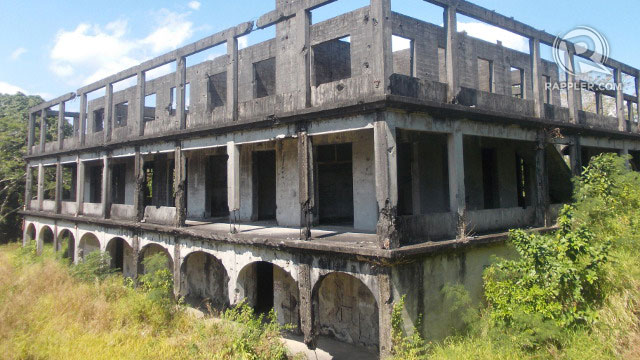
Corregidor’s history extends beyond World War II — as recent as the 1960s, in fact. During the Marcos administration, the island served as a training ground for the Philippine military and a special group of elite troops. In an operation called Merdeka (“freedom” in Malay), the government planned to infiltrate and take back the island of Sabah from Malaysia.
READ: Sabah, Merdeka and Aquino
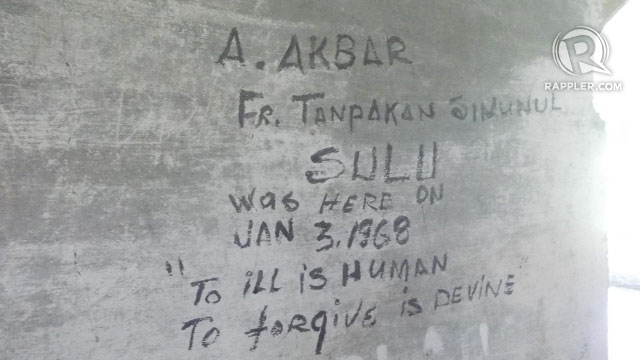
“They were brought over here in January 1968 to train,” says Man Dy. “They were promised a lot of benefits; unfortunately, all those promises fell on their face.
“One night, on March 18, 1968, these soldiers were taken to an airfield in the lower part of the island, where they were machine-gunned to death.” This, we have now come to know, was the Jabidah massacre.
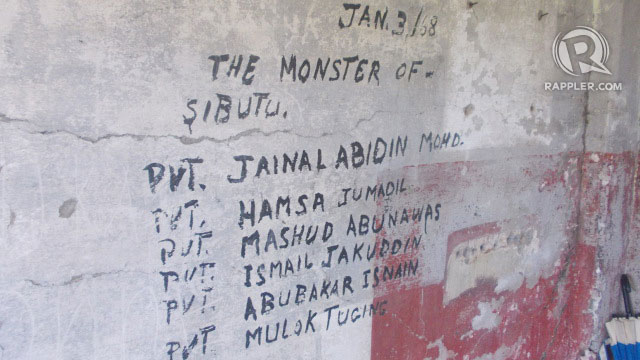
During their stay, the soldiers slept in the dilapidated Corregidor Hospital. “And very typical of our attitude, they had to make their presence felt through graffiti,” says Man Dy.
Written on the unpainted walls of the decaying hospital are the names of the fallen soldiers as well as the messages they left behind. – Rappler.com
(‘Of Bombs, Big Guns and Lost Gold: WWII Tales Declassified’ is a collaboration between Sun Cruises, Corregidor’s main logistical and tour provider, and Old Manila Walks. E–mail fun@oldmanilawalks.com for details.)
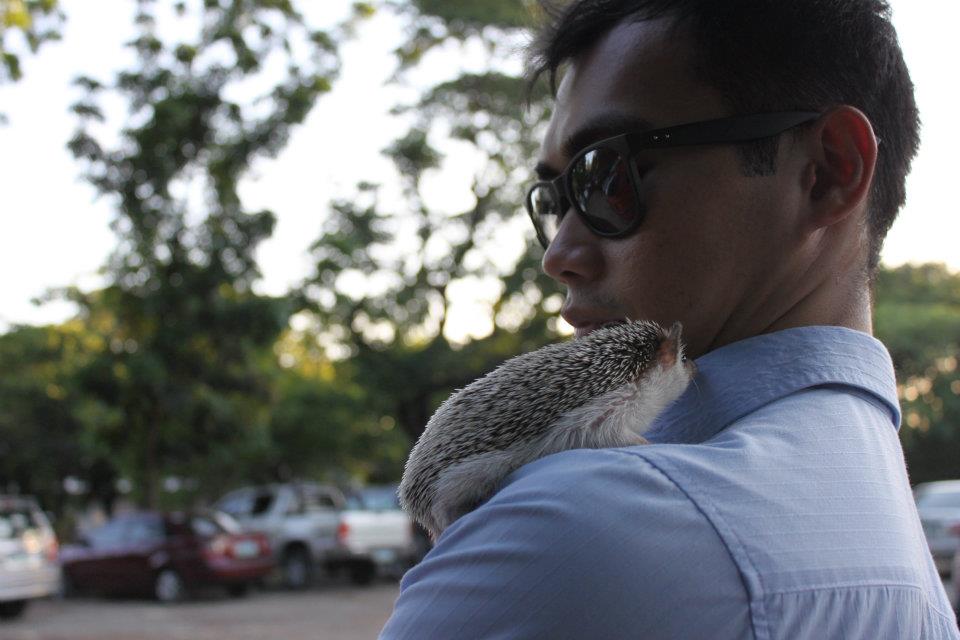
Peter Imbong is a fulltime freelance writer, sometimes a stylist; and on some strange nights, a host. After starting his career in a business magazine, he now writes about lifestyle, entertainment, fashion, and profiles of different personalities. Check out his blog, Peter Tries to Write.
Add a comment
How does this make you feel?
There are no comments yet. Add your comment to start the conversation.